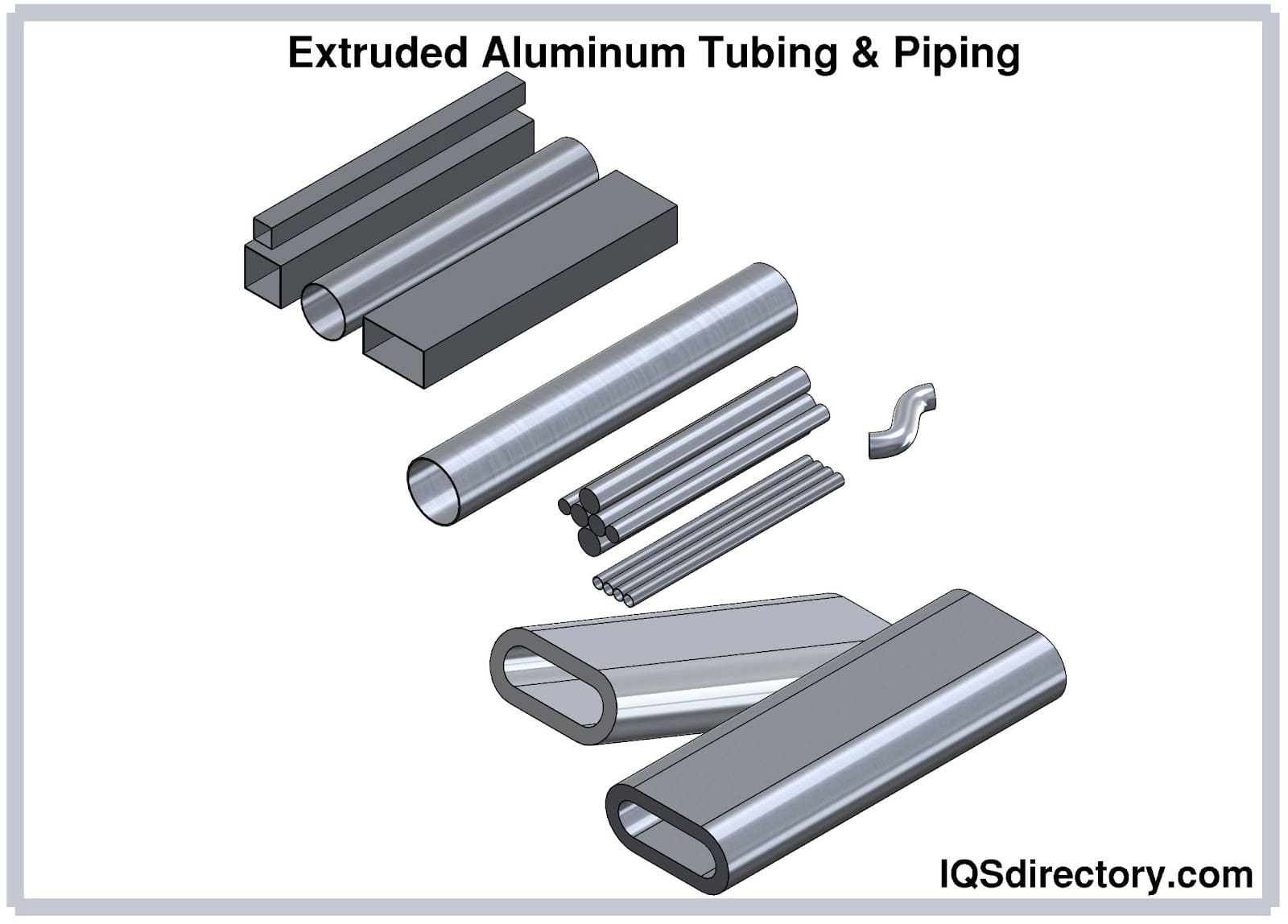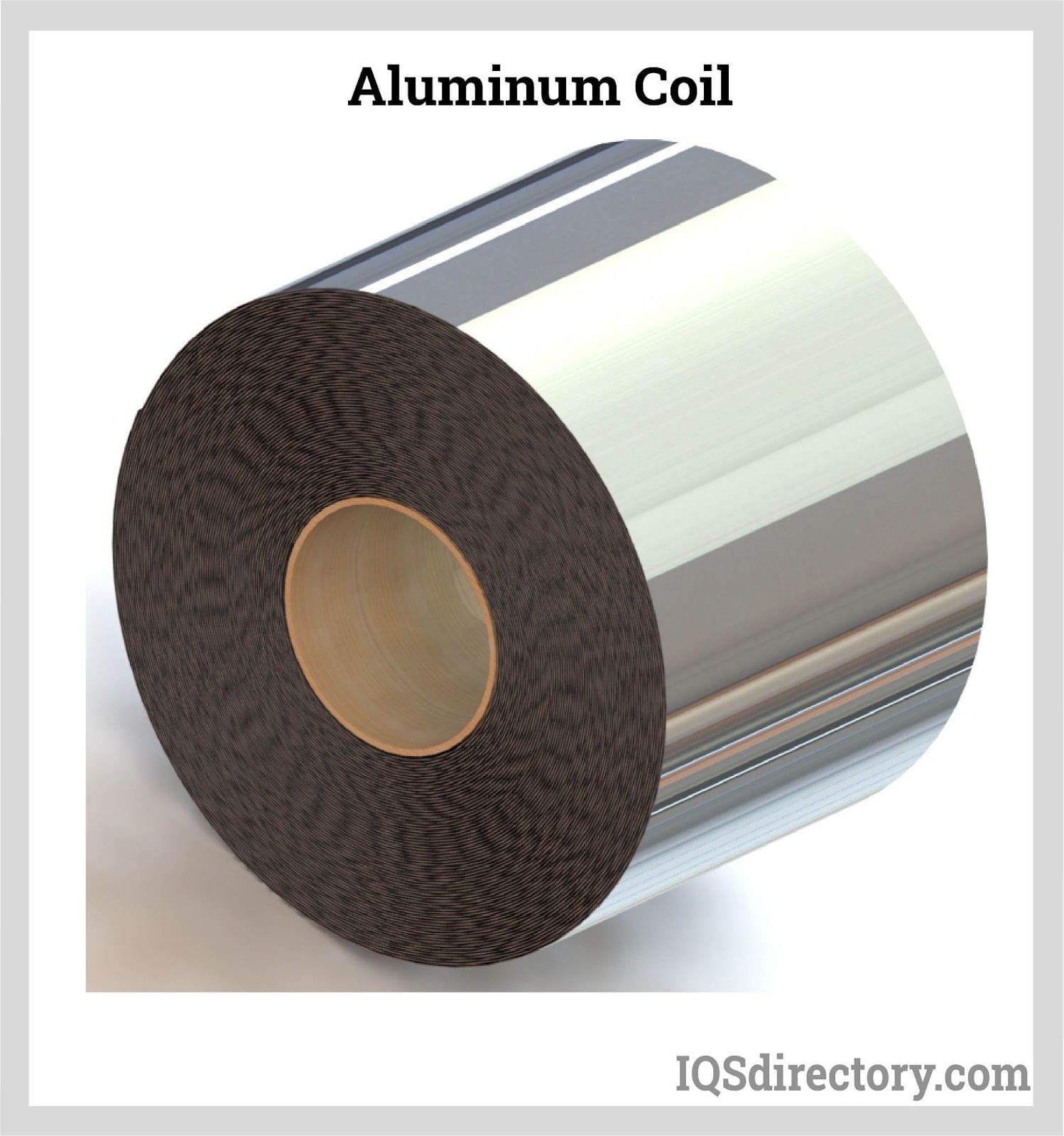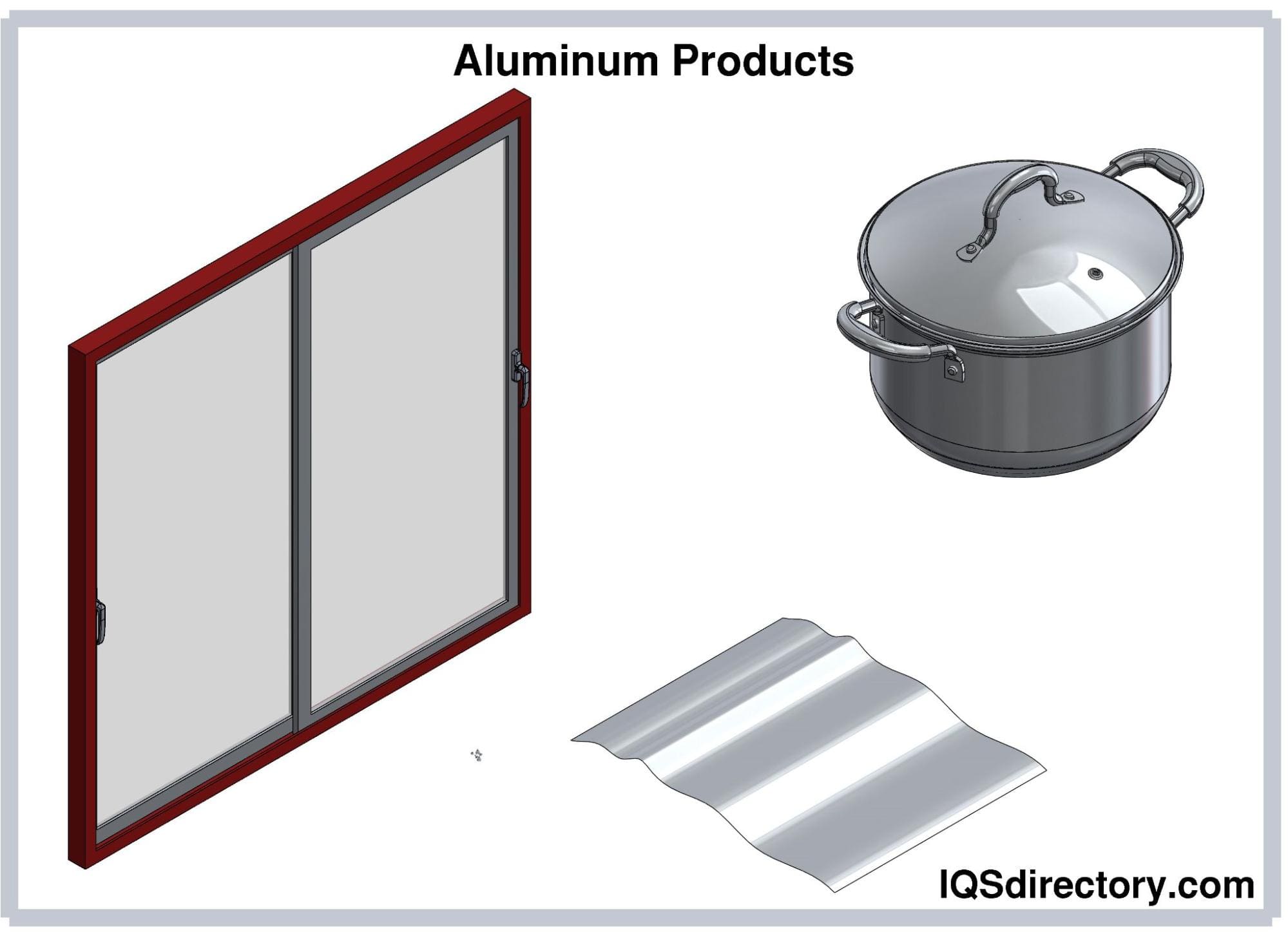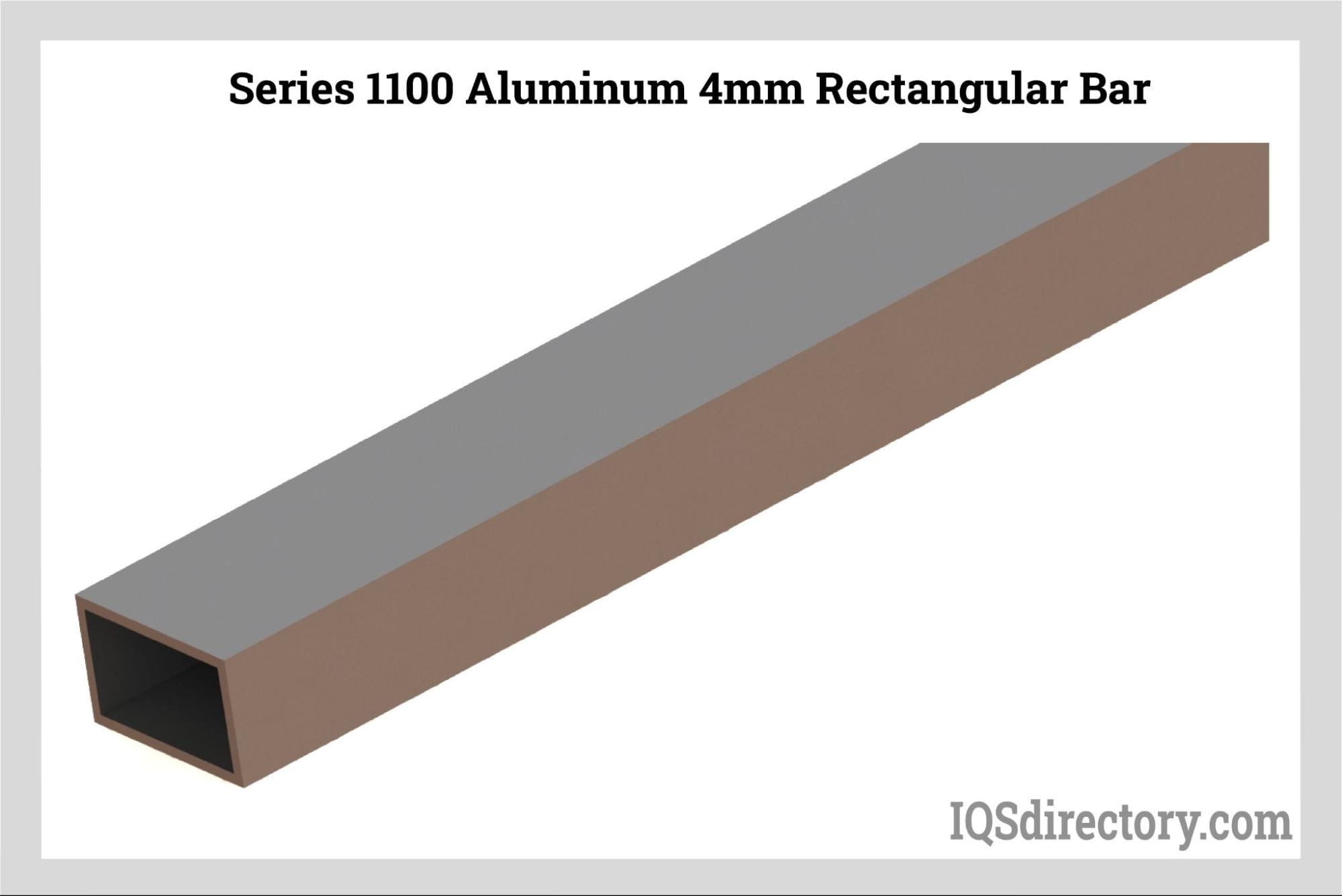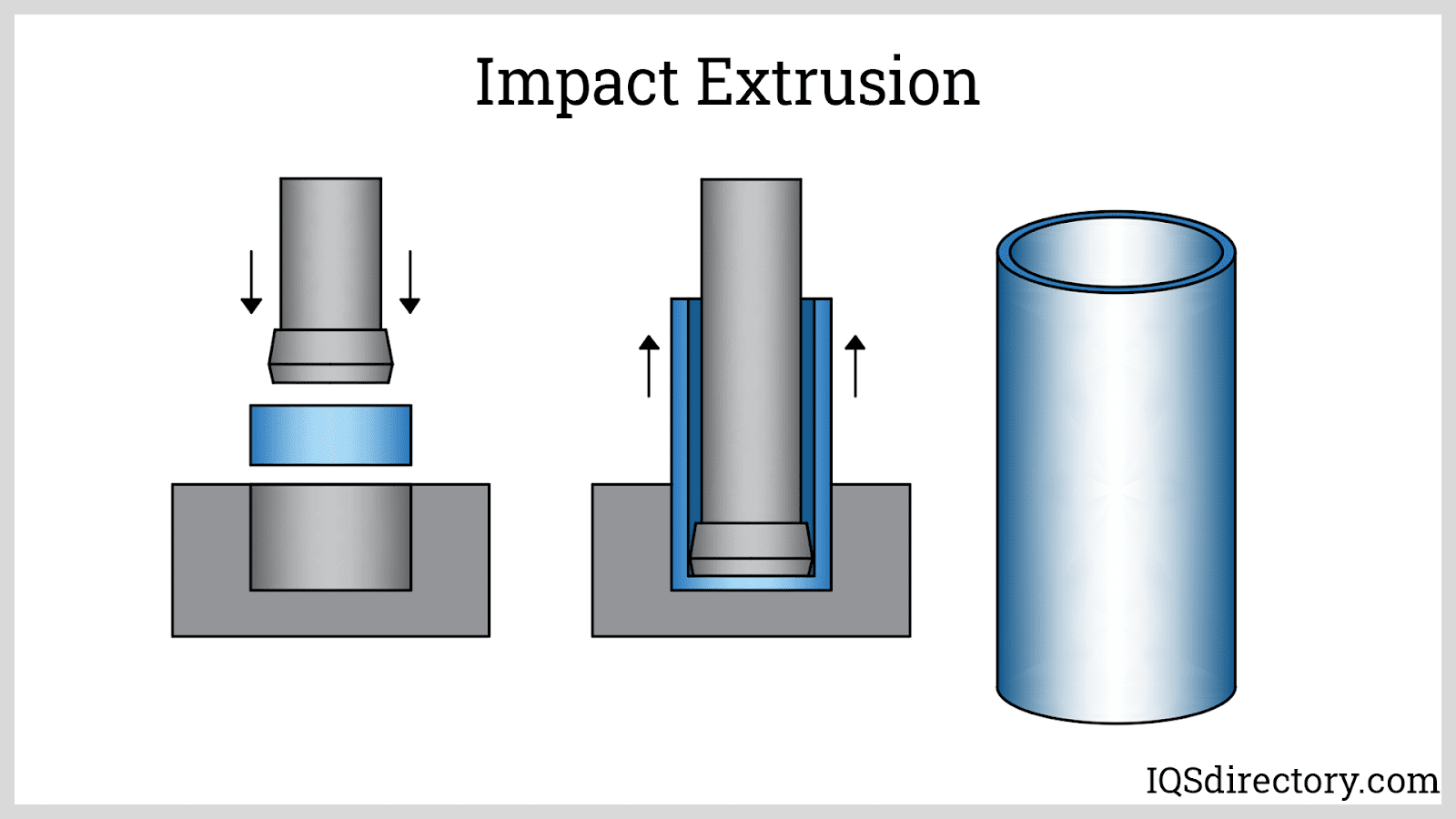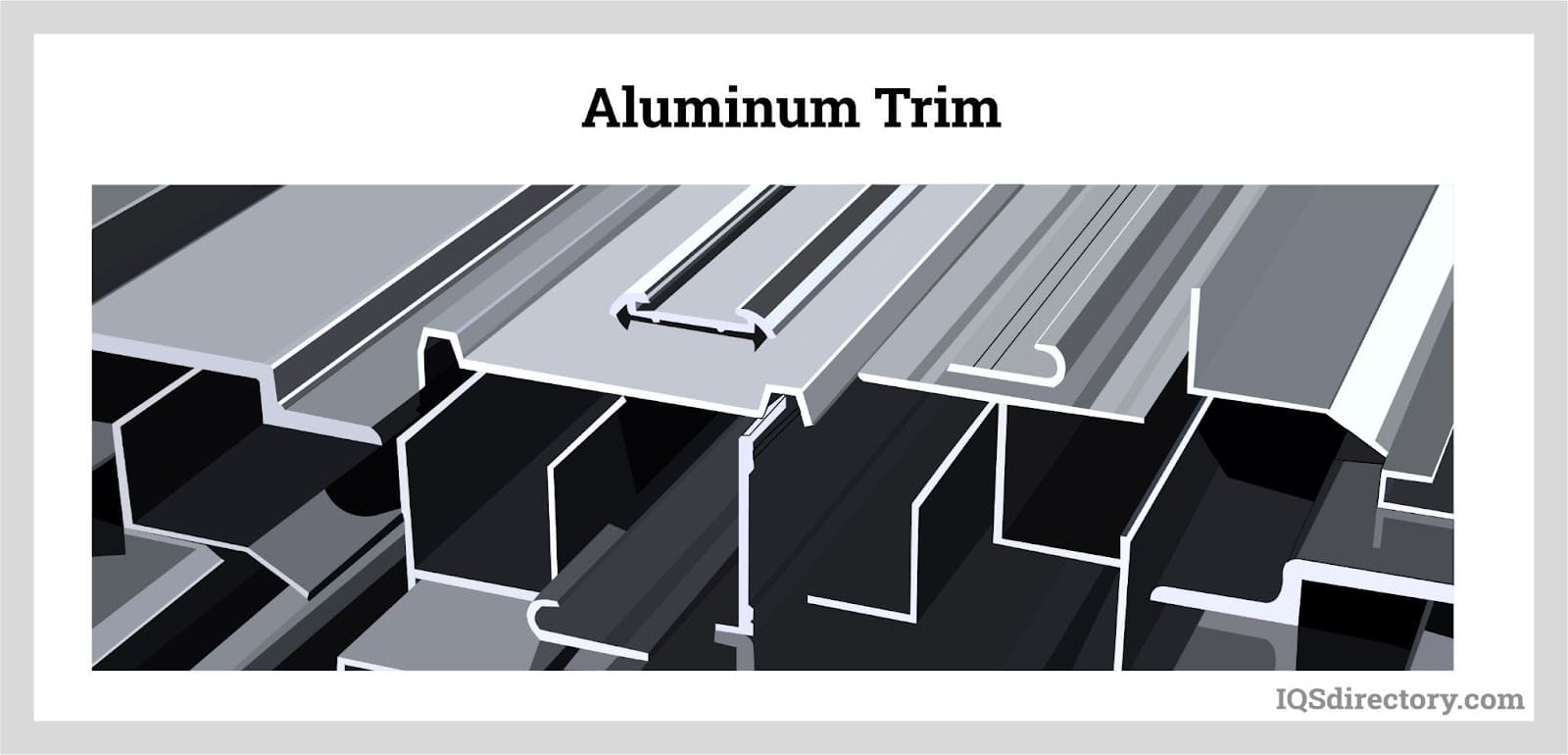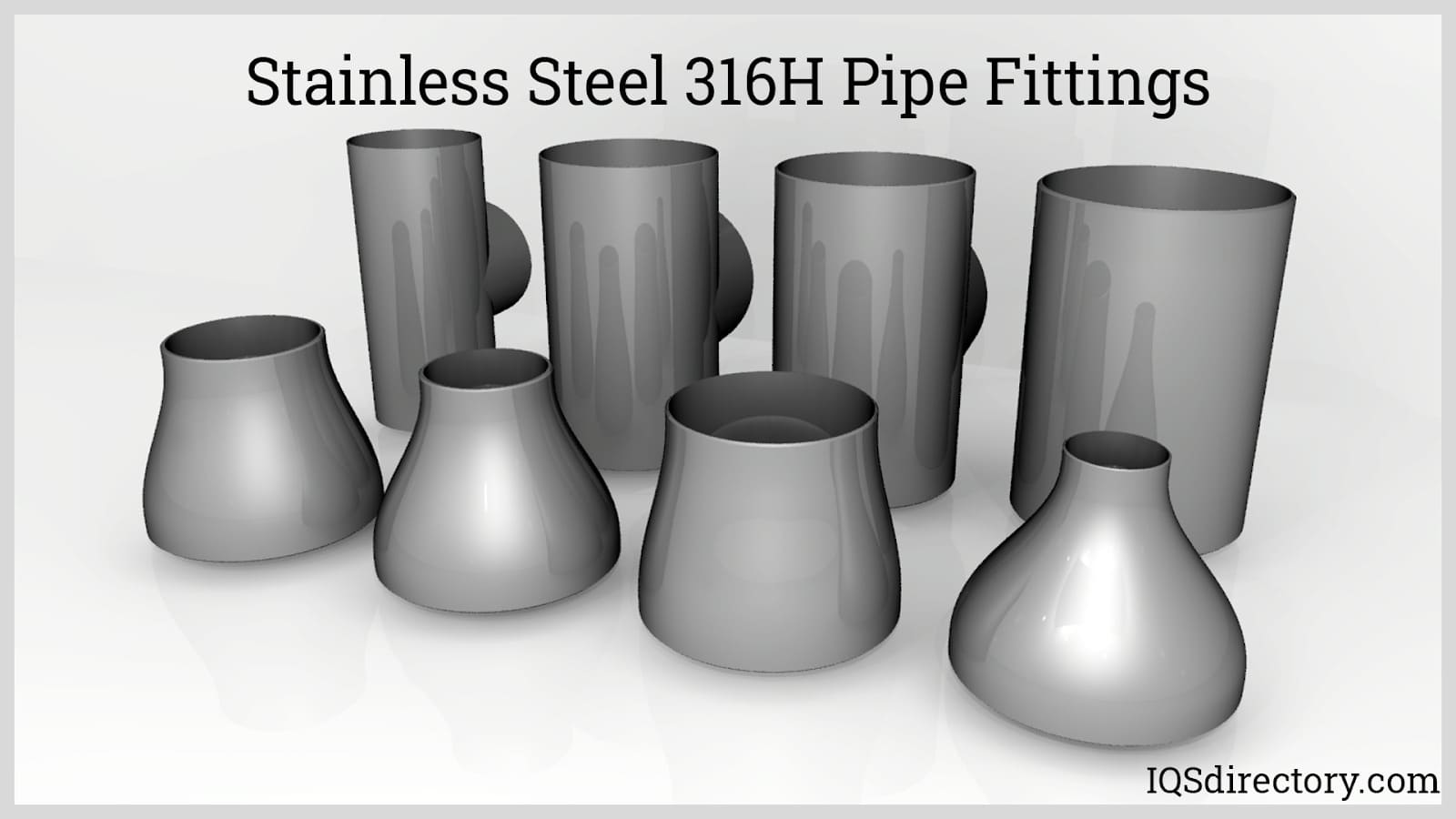 Aluminum iodide, whose chemical formula is AlI3, is formed by the reaction of aluminum and iodine, which is the combining of aluminum hydroxide with hydroiodic acid. It is an inorganic Lewis acid, a special type of chemical capable of accepting an electron pair, from the binary compound group. As with other varieties of aluminum compounds, aluminum iodide can absorb water from the air. In many cases, it is described as aluminum salt or hydroiodic acid. Aluminum iodide is white with a yellowish hue. Along with dissolving in water, aluminum iodide can be absorbed by alcohol, ether, carbon sulfide, and pyridine, a colorless liquid from coal tar.
Aluminum iodide, whose chemical formula is AlI3, is formed by the reaction of aluminum and iodine, which is the combining of aluminum hydroxide with hydroiodic acid. It is an inorganic Lewis acid, a special type of chemical capable of accepting an electron pair, from the binary compound group. As with other varieties of aluminum compounds, aluminum iodide can absorb water from the air. In many cases, it is described as aluminum salt or hydroiodic acid. Aluminum iodide is white with a yellowish hue. Along with dissolving in water, aluminum iodide can be absorbed by alcohol, ether, carbon sulfide, and pyridine, a colorless liquid from coal tar.

Characteristics of Aluminum Iodide
- It reacts with sulfuric acid.
- When exposed to moisture in the air, it slightly decomposes into a subsalt.
- Heated aluminum iodide solution forms an aluminum hydroxide precipitate.
- In water, hydrolysis of a cation takes place forming an acid medium.
- With diluted alkalis, it forms an aluminum hydroxide.
- It can be decomposed by the formation of a tetrahydroxalluminate.
Sometimes, in organic chemistry, there is a need to speed up a reaction with a catalyst. Aluminum iodide breaks the bonds between carbon and oxygen or nitrogen and oxygen. Aluminum ions and iodide ions replace what is removed. It can also remove oxygen atoms from epoxides, a cyclic ether.
Uses
Some of the uses for aluminum iodide involve veterinary medicine and pigs. When pigs have pneumonia, an aerosol version of aluminum iodide is sprayed on them. It is also used in horse and cattle barns to kill germs and disinfect enclosures. Spraying it in areas with calves and pigs, it can protect them from any susceptibility to respiratory diseases.
Aluminum iodide is high in antibacterial agents but has little effect on the mucus membranes. New uses are being studied to increase pathogenic and therapeutic effects.
Warnings
Contact with aluminum iodide causes burns to the skin and eyes as well as damage to the mucosae of the digestive system. People allergic to aluminum compounds will have a severely adverse reaction to it.
As with several of the aluminum compounds, aluminum iodide must be handled very carefully in a well-sealed fume cupboard. To dispose of a mixture of aluminum iodide, it should be poured into sodium hydroxide and left to set until it dissolves.
 Alloy Suppliers
Alloy Suppliers Aluminum
Aluminum Aluminum Extrusions
Aluminum Extrusions Copper-Brass-Bronze
Copper-Brass-Bronze Magnets
Magnets Nickel
Nickel Stainless Steel
Stainless Steel Stainless Steel Tubing
Stainless Steel Tubing Steel Service Centers
Steel Service Centers Titanium
Titanium Tungsten
Tungsten Wire Rope
Wire Rope Castings & Forgings
Castings & Forgings Bulk Material Handling
Bulk Material Handling Electrical & Electronic Components
Electrical & Electronic Components Flow Instrumentation
Flow Instrumentation Hardware
Hardware Material Handling Equipment
Material Handling Equipment Metal Cutting Services
Metal Cutting Services Metal Forming Services
Metal Forming Services Metal Suppliers
Metal Suppliers Motion Control Products
Motion Control Products Plant & Facility Equipment
Plant & Facility Equipment Plant & Facility Supplies
Plant & Facility Supplies Plastic Molding Processes
Plastic Molding Processes Pumps & Valves
Pumps & Valves Recycling Equipment
Recycling Equipment Rubber Products & Services
Rubber Products & Services